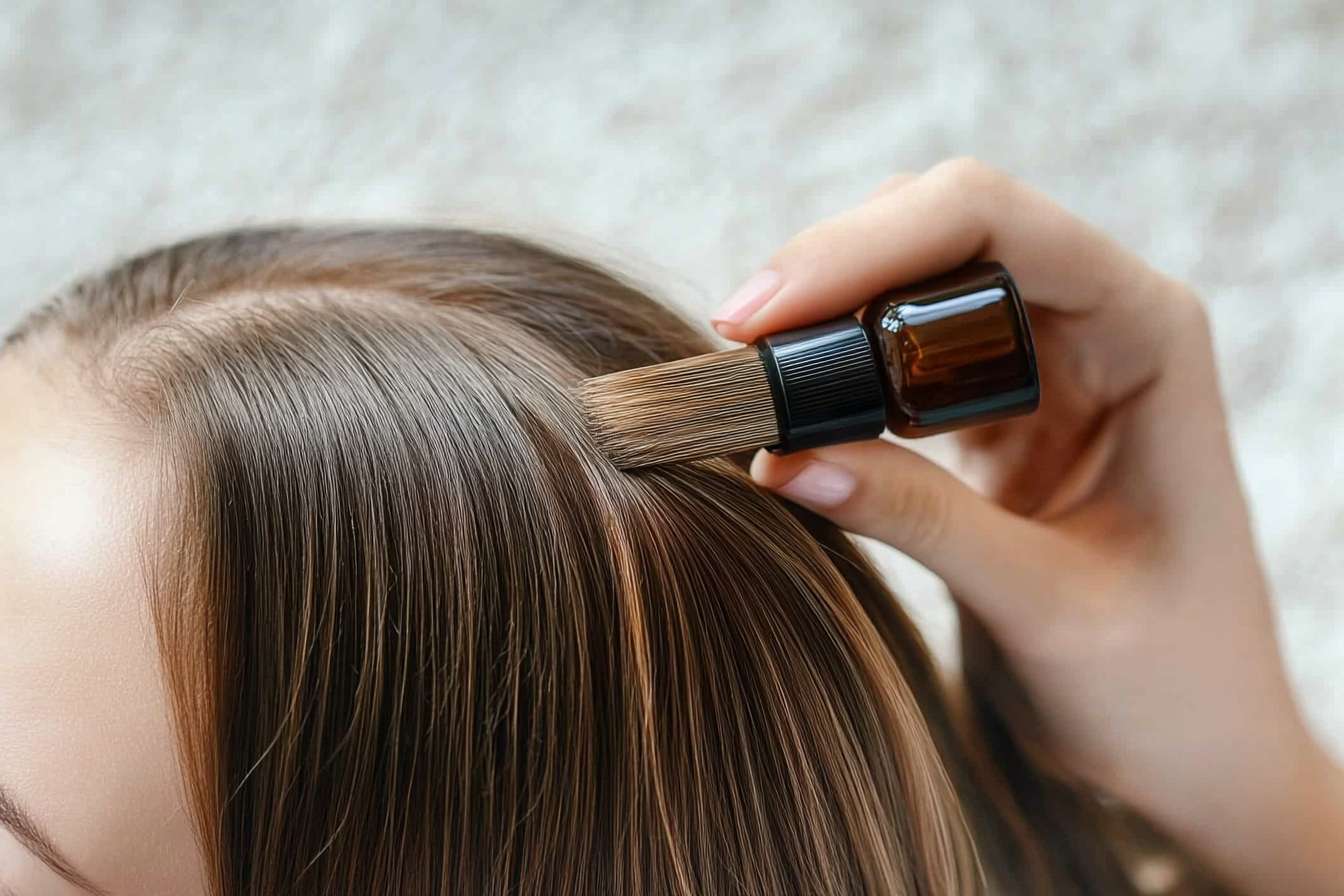Adapting moisture strategies for diverse climates
Adapting your skin and hair moisture strategies to local climates helps preserve complexion balance and scalp health. Small changes in products, layering, and timing can make routines more effective whether you face dry, humid, cold, or changeable weather. Practical adjustments support long-term barrier strength and conditioning while keeping travel and sustainability in mind.

Adapting moisture strategies across climates requires understanding how temperature, humidity, and sun exposure change the way skin and hair retain water. In dry or cold environments, moisture evaporates faster and barriers need reinforcing; in humid regions, lightweight hydration that protects without overloading the microbiome works better. Travelers should plan short-term tweaks for transitions between climates, and sustainability-minded choices can reduce waste while maintaining effective conditioning and repair.
This article is for informational purposes only and should not be considered medical advice. Please consult a qualified healthcare professional for personalized guidance and treatment.
How does hydration affect complexion and barrier?
Hydration is foundational for an even complexion and a resilient skin barrier. In low-humidity or cold climates, apply humectants followed by occlusives to trap water in the stratum corneum; in humid climates, favor lighter humectant serums and gel-based moisturizers that hydrate without suffocating pores. Strengthening the barrier reduces transepidermal water loss, so choose products that support lipid content and avoid harsh surfactants. Regularly monitor skin response and adjust layering—serums first, then creams—to maintain balanced moisture and prevent irritation.
What role do serum and antioxidants play?
Serums concentrate active ingredients and are useful across climates because they can deliver targeted hydration and antioxidant protection without heavy conditioning agents. In sunny or high-UV locations, a serum with antioxidants supports skin resilience before sunscreen application; antioxidants such as vitamin C or niacinamide help neutralize free radicals and support barrier repair. In drier climates, combine a hydrating serum with a cream to lock in moisture. Match serum texture and potency to porosity and sensitivity to avoid overloading the skin while still addressing specific concerns.
How to manage scalp moisture and follicles?
Scalp care matters for hair health from the follicles outward. Dry climates often lead to flaking and brittle hair; use conditioning treatments that restore lipids and humectants that attract moisture to the scalp. In humid climates, lightweight leave-ins that balance hydration without weighing hair down are preferable. Scalp microbiome-friendly cleansers and occasional deep-conditioning masks can support follicle health, but avoid over-cleansing which strips natural oils. Pay attention to product distribution so roots receive treatment when needed and ends get conditioning for breakage prevention.
Why consider porosity when choosing products?
Hair and skin porosity affect how products absorb and retain moisture. High-porosity hair and compromised skin barriers may require heavier conditioning and occlusion to prevent moisture loss, while low-porosity types benefit from lighter formulations and methods that improve penetration, such as gentle heat or layering with water-based serums. Test products incrementally and observe how quickly moisture leaves your skin or hair. Tailoring ingredients—humectants for attraction, emollients for smoothing, and occlusives for sealing—helps create an effective routine tailored to porosity and local climate.
How to maintain microbiome and support repair routines?
Maintaining the skin and scalp microbiome supports natural repair and reduces sensitivity across climates. Avoid overly antimicrobial products unless prescribed, and favor formulations that use mild surfactants, prebiotic ingredients, and balanced pH levels. Repair-focused routines include consistent hydration, targeted serums for barrier support, and periodic conditioning masks to rebuild lipid layers. For damaged or reactive skin, introduce new products one at a time and allow several weeks to evaluate effects; this reduces disruption to the microbiome and improves long-term resilience.
How to adapt sunscreen, sustainability, and travel care?
Sunscreen is essential in most climates and should be incorporated into morning routines after serums and before makeup. Choose broad-spectrum formulas that suit your skin type—lighter, gel-based sunscreens for humid locales and moisturizing formulations for dry, windy regions. For travel, carry travel-sized hydrating serums and a compact sunscreen to maintain consistent protection and conditioning while minimizing baggage. Consider sustainable packaging and refillable options to reduce waste; multi-use products that combine hydration and antioxidant protection can simplify routines and lower environmental impact.
Conclusion
Effective moisture strategies are climate-aware, adapting product textures, ingredient focus, and layering techniques to preserve complexion balance, support scalp and follicle health, and maintain the skin’s barrier and microbiome. Routine adjustments for porosity and travel, together with mindful sunscreen use and sustainable choices, help sustain long-term hydration and repair without overcomplicating daily care.





